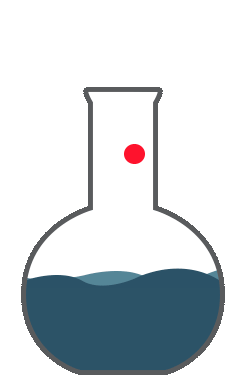
Please wait...
Ironing Out the Elements: Essential Nutrients
| Shop Spex Chemicals | Have my Sales Representative Contact Me | Have a technical question? Ask Now |
Patricia L. Atkins • Senior Applications Scientist
Animals and plants depend on chemicals and elements on the periodic table to survive. We routinely call these important compounds vitamins and essential nutrients (minerals, fatty acids and amino acids). Most essential nutrients (macro and micronutrients) cannot be synthesized within the organism in sufficient quantities, if at all, for metabolism and must be ingested.
Vitamins are organic molecules that are essential micronutrients organisms needed for proper metabolism. Minerals are chemical elements required as essential nutrients. Essential minerals for an organism are dictated by their classification (plants, animals, etc.). Some species and types of organisms can synthesize certain essential nutrients but may lack the ability to produce others.
Human beings have building block elements such as carbon, hydrogen, oxygen, and nitrogen. Oxygen composes up to 65% of the elements of the body and, together with water, are the primary sources in the human body, which is made up of over 60% water! Carbon accounts for about 18-19% of elements in the body and is the primary key element for organic compounds to build nutrients such as carbohydrates, amino acids, proteins, and nucleic acids. The breakage of carbon bonds is a source of energy in the body. Hydrogen makes up almost 10% of the elements in the body and is another major component in water molecules. Finally, nitrogen is about 3% of the elements of the body and is a key building block or proteins and nucleic acids.
The major essential minerals (macronutrients) include calcium, phosphorus, potassium, sodium, chlorine, and magnesium. Calcium comprises around 1.5% of the body’s elements and is a structural component of bones and essential for function of muscles and metabolism. Phosphorus (1%) is one of the key elements in ATP (adenosine triphosphate) molecules which is the primary source of cellular energy. The rest of the essential minerals are each under 1% (sodium, chlorine and magnesium) and have a variety of functions in structure, electrolyte balance, metabolism, and protein synthesis. In addition to the building block elements, and essential nutrients, there are a number of important elements required for human metabolism (Figure 1).

For plants, they have a slightly different set of essential elements and they obtain them mostly from soil and water. The basic building blocks are similar to humans (Figure 2).

Deficiencies in critical elements in plants can cause a variety of physical defects in the plant, from withering leaves to spots (Figure 3).

Plant nutritional requirements are important to consider in light of the understanding that human beings derive many of their own nutritional requirements from the plants that are consumed to fuel our own metabolism. The elements of the periodic table, especially the essential nutrients, play a key role in metabolism in many organisms, especially ones involved in providing human nutrition. That reason is why many world regulatory organizations require testing and monitoring of elemental levels in food for human consumption. Organizations such as the FDA, provide labeling requirements that reflect the levels of critical elements (and other components) in food. Spex CertiPrep is a proud partner with many agencies and laboratories around the world to provide standards of elemental nutrients for the betterment of global food safety testing.

| Download the complete technical note |